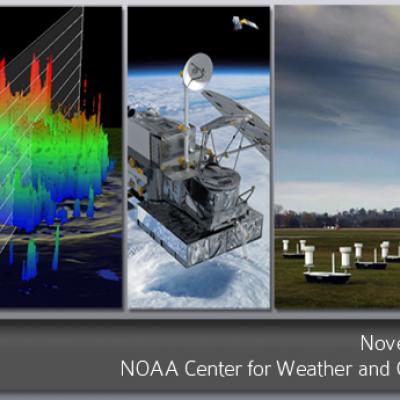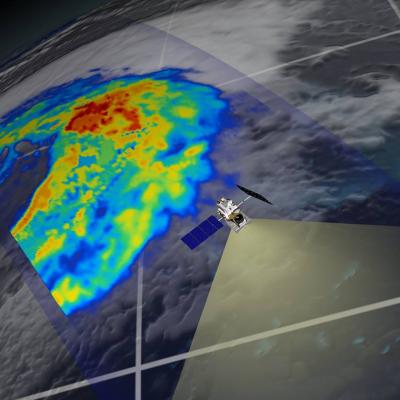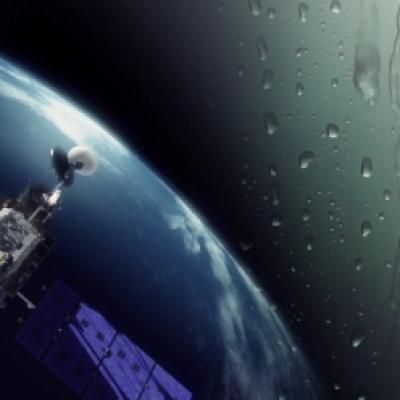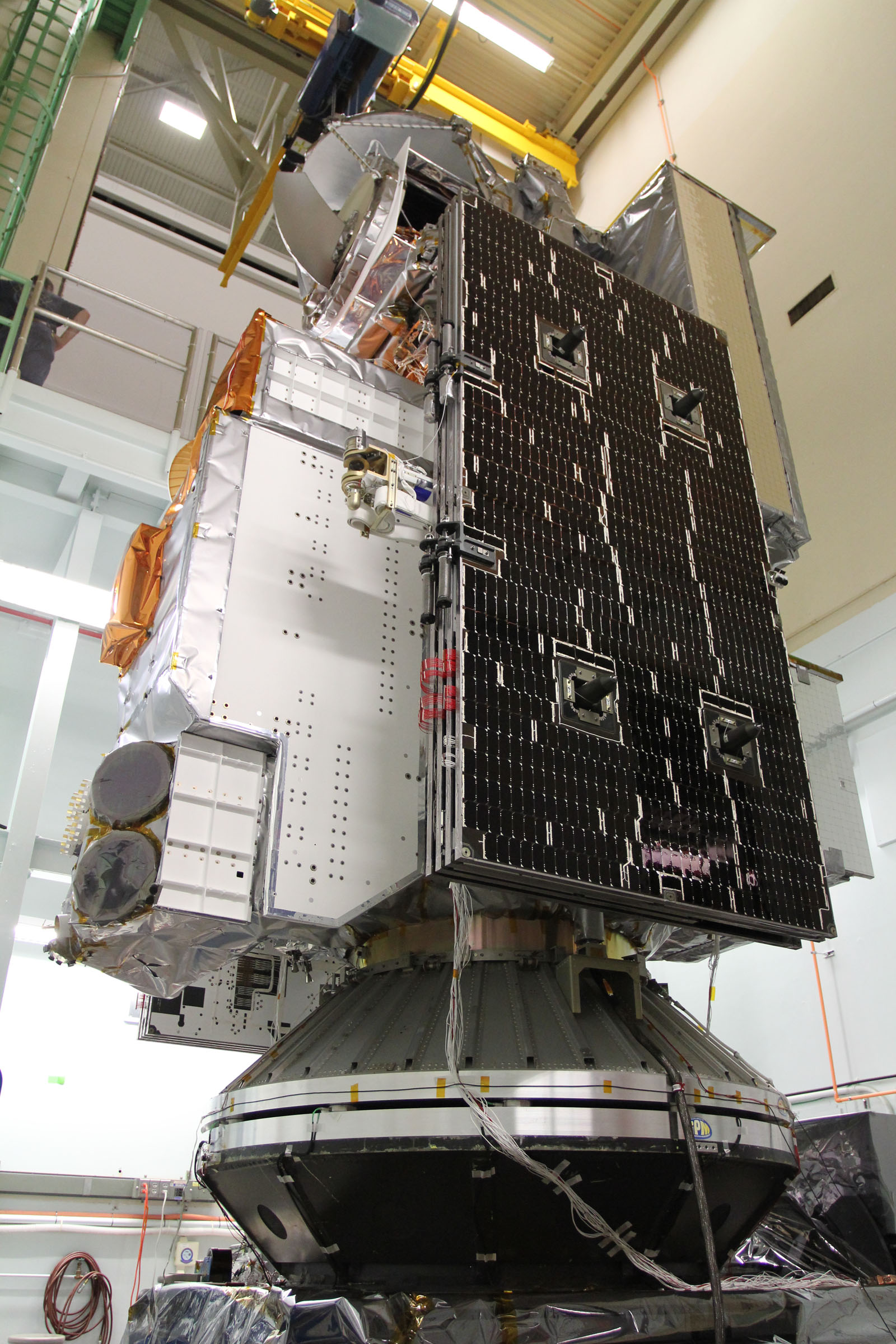D3R Radar Arrives at Wallops
NASA's D3R radar at Wallops Flight Facility. Shown, NASA engineer Manuel Vega NASA's Dual-frequency, Dual-polarization, Doppler Radar (D3R) was transferred from Goddard Space Flight Center to Wallops Flight Facility this week. D3R's dual frequencies match those of the GPM Dual-Frequency Precipitation Radar ( DPR). Some work to the D3R computing infrastructure will be performed at Wallops, and then the radar will be collocated with NASA's NPOL radar in Newark, MD. Ku (large) and Ka (small) antennas being readied for installation on radar pedestal. NASA technicians preparing for installation of






